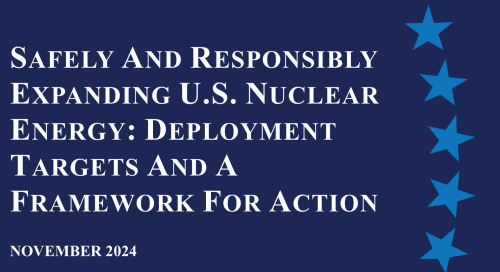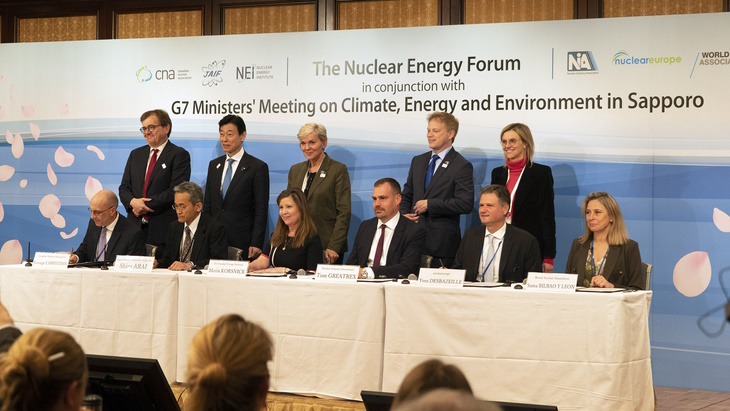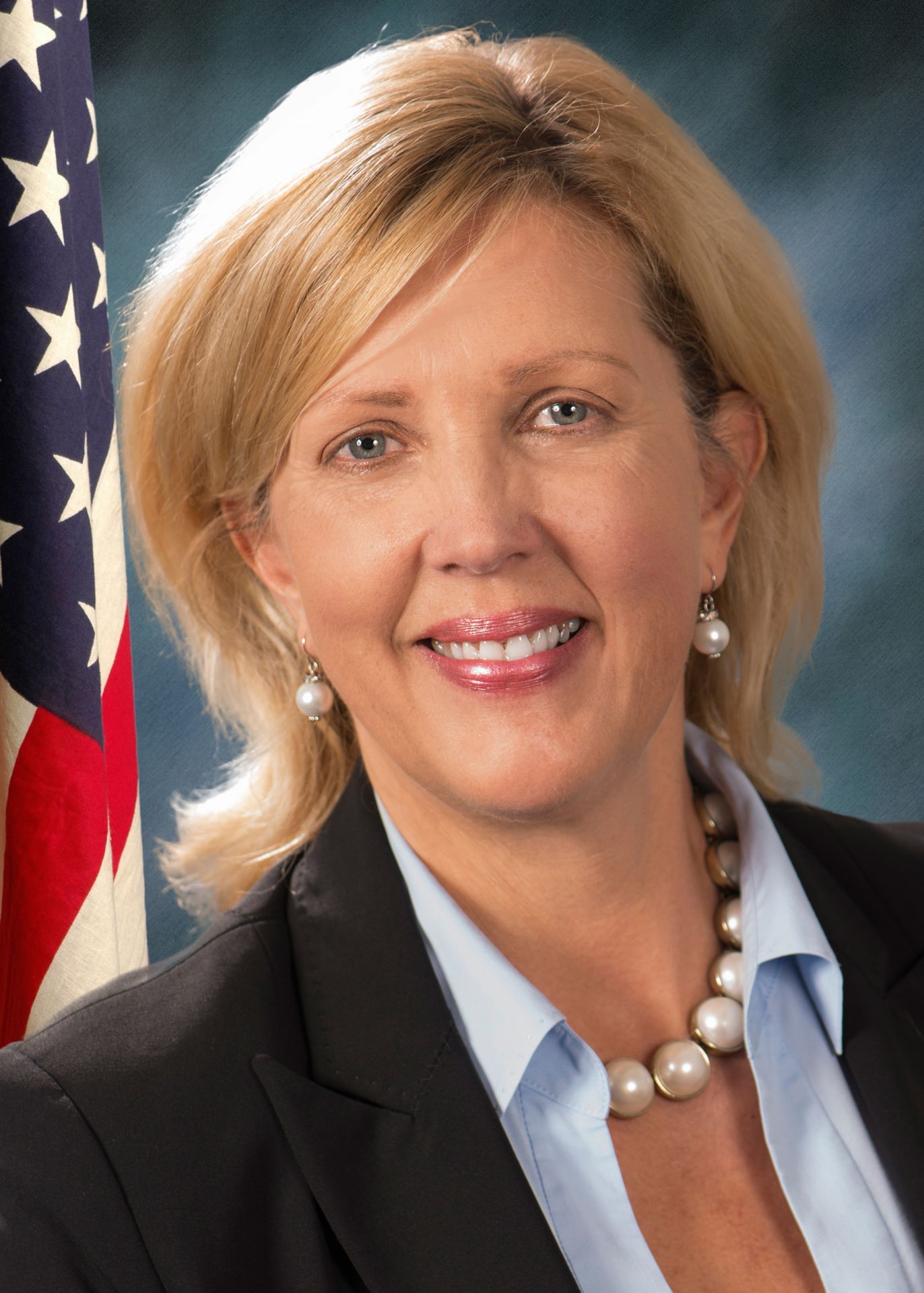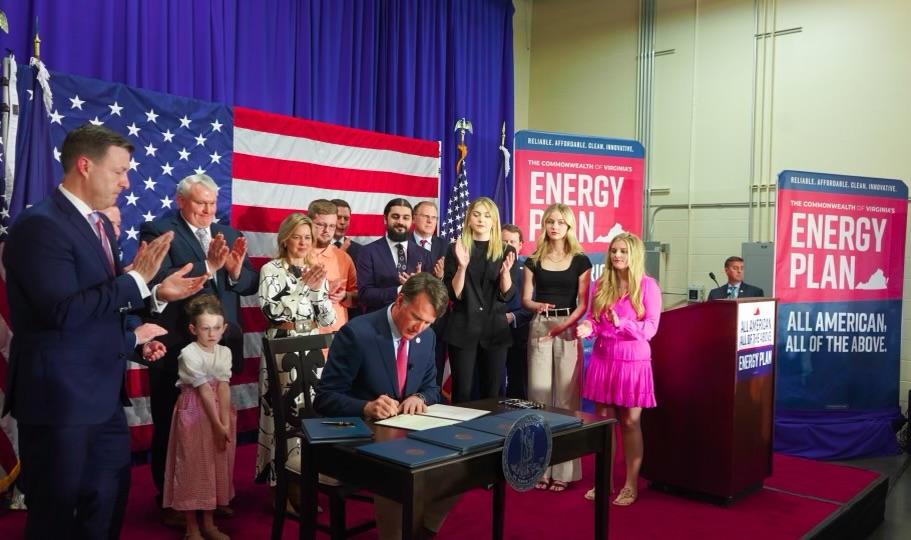US DOE Agreed to Remove Plutonium from South Carolina
05 Sep 2020 by NEI Magazine
South Carolina Attorney General Alan Wilson has announced a $600 million settlement between the state and the federal government which gives the Department of Energy (DOE) until 2037 to remove 9.5 metric tons of weapons-grade plutonium from the Savannah River Site (SRS).
The plutonium was transferred to SRS in the early 2000s intended as raw material for the production of mixed oxide fuel (mox). However, the US cancelled its mox fuel programme in 2018.
This settlement, which Wilson said is the single largest settlement in South Carolina’s history, ends six years of contentious litigation with the United States government.
If DOE fails to remove the plutonium by 1 January 2037, monetary penalties will be reinstated and the department will be subject to additional litigation.
DOE was originally required by federal law to remove the plutonium by 2022. “These were deadlines the Department could not meet,” said Energy Secretary Dan Brouillette.
South Carolina in early 2018, when Brouillette was the deputy energy secretary, sued the federal government seeking $200 million. The sum comprised two years, 2016 and 2017, of fines against DOE for failing to remove the plutonium. Federal law mandated beginning in 2016 that the DOE should pay South Carolina $1 million for each day, up to 100 days a year, that the department did not process the metal at the Mixed Oxide Fuel Fabrication Facility or remove 1 metric ton from the state.
In 2037, if all the plutonium is not removed, DOE will pay a percentage of the accumulated statutory payments from the years 2022-2037 based on how much plutonium is left in South Carolina. After 2037, DOE will pay a percentage of the statutorily required $100 million a year based on how much plutonium is left in the state.
Wilson said he expects to receive the money by 1 October from the Federal Judgement Fund. This fund pays court judgments and compromise settlements of lawsuits against the federal government. Congress does not have to appropriate the money.
Some $75 million from the settlement will be used to cover legal fees for private attorneys.
When asked by the Aiken Standard how the plutonium would be removed or where it would go, Brouillette said plans are "not yet finalised," but suggested that it could be processed and sent for burial at the Waste Isolation Pilot Plant in New Mexico, an approach known as dilute-and-dispose. Otherwise it could be staged elsewhere at another DOE facility or could be utilised in a nuclear reactor.
Under the 2000 Plutonium Disposition Agreement between Russia and the USA, each side was supposed to get dispose of 34 tonnes of plutonium by burning it in reactors. DOE determined that the best option would be to use it at a mox fuel fabrication facility to be constructed at the Savannah River Site.
Work started on the facility in 2007 scheduled for start-up in 2016. However, there were technical difficulties and costs increased. In 2015, DOE decided that disposal of the weapons-grade plutonium in a repository would be cheaper and the project was cancelled in 2018 when it was about 70% complete. In 2002, Congress had required that, should the mox facility fail, DOE would have to remove the plutonium, which had already been shipped to South Carolina.







